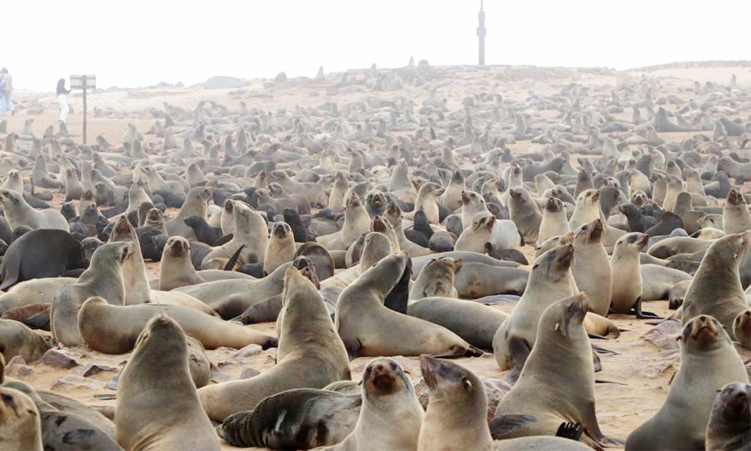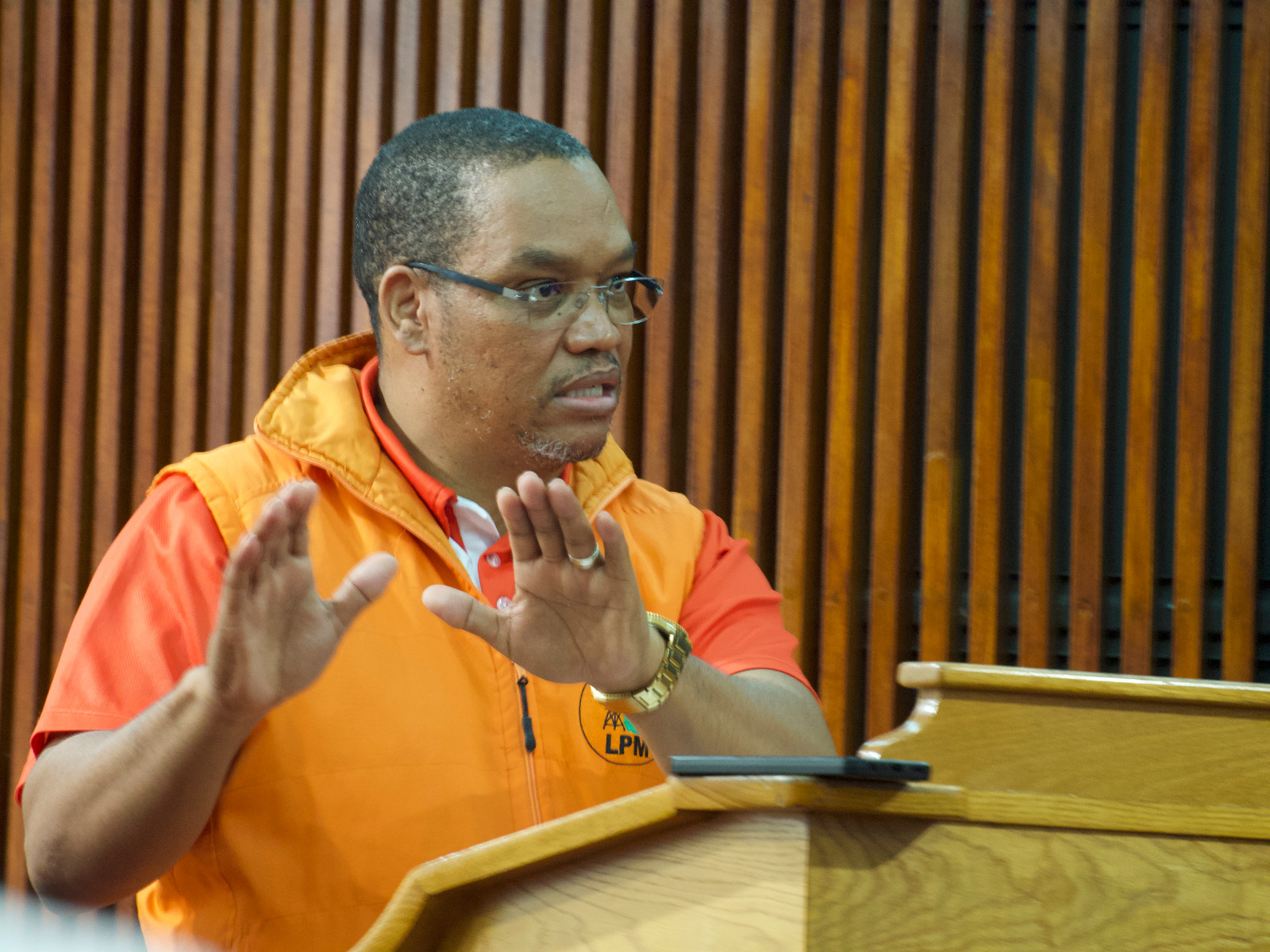The Ministry of Fisheries and Marine Resources says it will harvest 80 000 Cape fur seal pups and 6 000 bulls in July.
The harvesting of seals will begin on 1 July after being approved by the Cabinet, ministry spokesperson Uaripi Katjiukua said yesterday.
Katjiukua said the harvesting will be conducted at two seal colonies at Terrace Bay and Cape Cross.
“Currently the population of seals is estimated at 1,6 million distributed on all 26 colonies along the Namibian coastline. This indicates that our seal stock is healthy and thriving,” Katjiukua said.
She said Cape fur seals are an important part of the marine ecosystem and the ministry acknowledges their role in the food chain.
“We don’t cull, we harvest! Our mandate is for a sustainable utilisation of marine resources and not population control.”
She said there is a difference between harvesting and culling.
“It is not the same thing. Our Total Allowable Catch (TAC) has remained the same over the years, despite the population growth. We are not culling our seals, we are harvesting them sustainably and responsibly,” she said.
According to Katjiukua, seal harvesting is a sub sector that has eight rights holders with 86 Namibian beneficiaries, employing 105 people.
She said the sector is 100% Namibian, and contributes directly to Namibians.
“As for their diet, analysis of scats collected monthly during 2021 and 2022 indicated that the seals fed on non-commercial species, especially the bearded goby the dominant prey in both the north and southern regions,” she said.
The perception that seals consume more fish is not always correct, with studies in the past two years indicating that seals have been feeding on non-commercial species, she said.
“There is no conflict between the fishing industry and the seals.”
Speaking on the same issue, environment ministry spokesperson Romeo Muyunda, however, said there is a need for the management of each species.
Muyunda said overpopulation affects any species and in terms of seals, there is a need to be mindful of the fish stock the seals consume.
“The seals need to be harvested in order to keep the acceptable number. We understand the need for harvesting them and we do this in conjunction with the Ministry of Fisheries and Marine Resources,” he said.
Seals products include the skin, meal, oil, dry genitals and capsules, which are demanded both in the local and international market.
Stay informed with The Namibian – your source for credible journalism. Get in-depth reporting and opinions for
only N$85 a month. Invest in journalism, invest in democracy –
Subscribe Now!










